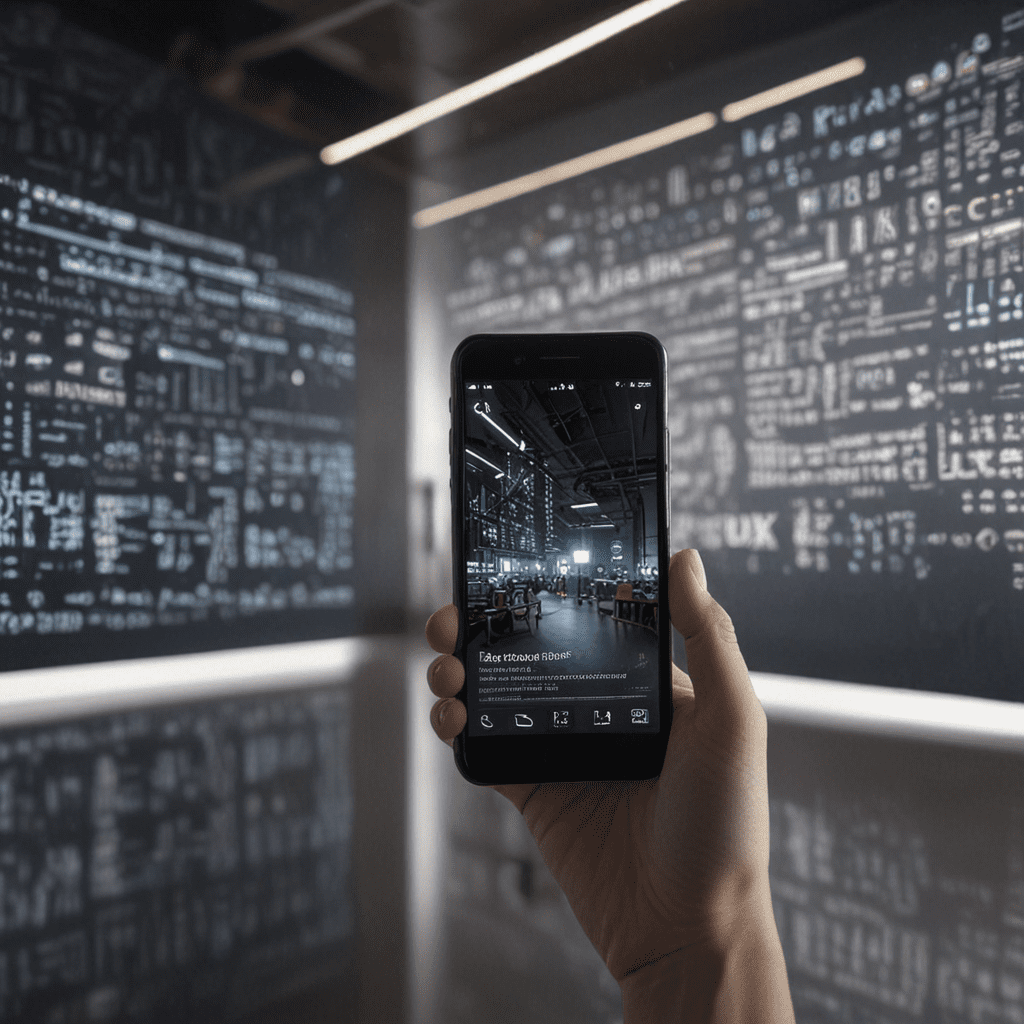
## The Convergence of XR and UX: Transforming the User Experience
Extended Reality (XR), encompassing Virtual Reality (VR), Augmented Reality (AR), and Mixed Reality (MR), is transforming user experiences across industries, leading to a convergence of XR and User Experience (UX) design. UX design principles are crucial to crafting engaging and immersive XR environments, where users feel present, connected, and in control. By understanding human factors, interaction patterns, and cognitive processes within XR contexts, UX designers can create seamless experiences, fostering user satisfaction, productivity, and overall enjoyment.
## Immersive Storytelling: Redefining Storytelling through XR
XR's immersive nature is revolutionizing storytelling. VR allows audiences to step into fictional worlds, while AR superimposes digital content onto their surroundings. Through XR, users can interact with narratives, explore environments, and connect with characters like never before. By embracing novel storytelling techniques and pushing creative boundaries, UX designers can harness XR's immersive capabilities to craft unforgettable and emotionally engaging experiences that captivate audiences and evoke powerful responses.
## Cognitive Enhancements: Revolutionizing Learning and Productivity
XR has the potential to enhance our cognitive capabilities. AR can provide real-time information, instructions, and task guidance within a user's physical environment, facilitating knowledge acquisition and skill enhancement. VR can transport users to simulated scenarios for training, immersive learning experiences, and exposure therapy, allowing for safe, controlled, and tailored learning experiences. By integrating cognitive science and UX design, XR solutions can revolutionize how we learn, train, and access information.
## Wearable Computing and Haptic Feedback: Enhancing User Engagement
Advancements in wearable computing, eye tracking, and other emerging technologies are opening new doors for XR user interfaces. Haptic feedback, providing tactile sensations, further enhances immersion and engagement. By leveraging these technologies, UX designers can craft intuitive, context-aware interactions, minimizing cognitive load and fostering seamless experiences. Wearable computing and haptic feedback enable a more natural interaction with XR environments, mirroring real-world interactions and boosting overall user engagement.
## Human-Computer Interaction in XR: Bridging the Physical and Digital Divide
UX design for XR poses unique challenges in human-computer interaction. Designers must balance physical ergonomics, spatial awareness, and sensory feedback considerations to ensure user comfort and accessibility. Additionally, transitioning between virtual and physical environments requires careful navigation. UX principles guide the creation of intuitive navigation mechanisms, ensuring users feel empowered, immersed, and free to navigate these blended realities seamlessly. By considering human-centered approaches and addressing interface design complexities in XR, designers foster positive experiences, minimizing discomfort and empowering users with natural and effortless interactions.
## Personalized and Contextual Experiences: Tailoring XR to Individual Needs
XR experiences should adapt to individual users' preferences, needs, and contexts. UX designers can leverage AI, machine learning, and user data to personalize XR environments, delivering tailored content, interactions, and interfaces. Contextual awareness allows XR applications to respond to users' surroundings, offering relevant information, services, and experiences based on location, time, and other contextual factors. By embracing personalization and contextuality, UX designers can create truly immersive and meaningful XR experiences.
## Ethical Considerations: Navigating the Moral Implications of XR
As XR technology advances, it raises important ethical considerations. Designers must prioritize user privacy, safety, and well-being. Ethical UX practices ensure that XR experiences are used responsibly, without compromising users' rights or exploiting their vulnerabilities. UX designers should address potential risks such as motion sickness, addiction, and the impact on social interactions. By considering ethical implications from the outset, designers can shape the future of XR responsibly, promoting positive and sustainable user experiences.
## The Future of UX Design: Embracing Innovation and Collaboration
The future of XR UX design holds endless possibilities. Continuous advancements in technology, including eye tracking, haptics, and artificial intelligence, open up new avenues for innovation. Collaborative efforts between UX designers, engineers, and researchers will drive the creation of intuitive, immersive, and engaging XR experiences. The future of XR UX design lies in embracing innovation, fostering collaboration, and pushing the boundaries of human-computer interaction to create transformative and unforgettable experiences.
## Industry Case Studies: Exploring Real-World Applications of XR UX
To illustrate the practical implications of XR UX design, let's explore real-world case studies. In the healthcare industry, XR is revolutionizing surgical training, enabling surgeons to practice complex procedures in immersive VR simulations. In education, AR applications provide interactive learning experiences, allowing students to interact with virtual objects and environments. The retail sector leverages XR for virtual try-ons and personalized shopping experiences. These case studies showcase the transformative impact of XR UX design, enhancing user engagement, efficiency, and overall satisfaction.
## Conclusion: The Unlimited Potential of XR UX Design
XR UX design is a rapidly evolving field with immense potential to reshape user experiences across industries. By embracing the convergence of XR and UX, designers can unlock transformative possibilities. Immersive storytelling, cognitive enhancements, personalized experiences, and ethical considerations will guide the future of XR UX design. With continued innovation and collaboration, XR UX designers will create extraordinary experiences that push the boundaries of human-computer interaction and redefine our relationship with technology.
FAQ
1. What are the key elements of XR UX design?
- Understanding human factors, interaction patterns, and cognitive processes within XR contexts.
- Creating intuitive navigation mechanisms and ensuring user comfort and accessibility.
- Addressing potential risks such as motion sickness and social isolation.
2. How can XR enhance user experiences?
- Immersive storytelling allows audiences to step into fictional worlds and interact with narratives.
- Cognitive enhancements provide real-time information, instructions, and skill enhancement opportunities.
- Wearable computing and haptic feedback enable natural and effortless interactions.
3. What is the role of ethics in XR UX design?
- Prioritizing user privacy, safety, and well-being.
- Addressing potential risks and ensuring responsible use of XR experiences.
- Considering the impact on social interactions and avoiding exploitation.
4. How is XR UX design evolving?
- Advancements in eye tracking, haptics, and AI open up new possibilities for innovation.
- Collaborative efforts between UX designers, engineers, and researchers drive the creation of transformative experiences.
- Focus on personalization, contextuality, and ethical considerations shapes the future of XR UX design.

